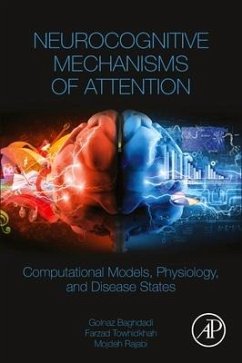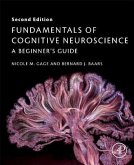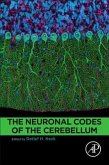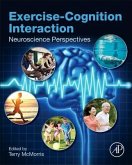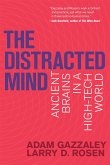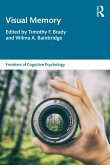Neurocognitive Mechanisms of Attention: Computational Models, Physiology, and Disease States describes the brain mechanisms underlying the attention control system, how those mechanisms are examined, how they operate in different disease states, and methods for improving them. Conceptual models of attention further explore their functional operation. Coverage includes the different types of attention, processing paths, brain anatomy, and attention's role in memory and movement. Factors affecting attention are explored including nutrition, exercise, and genetics. Neurocognitive disorders impacting attention are discussed including autism, ADHD, OCD, depression, anxiety, schizophrenia, Alzheimer's and Parkinson's Disease. Assessment methods and treatments are uniquely set against the backdrop of current conceptual, computational, and oscillatory-based models to encourage researchers to pursue continued development of new diagnostic and therapeutic tools.
Hinweis: Dieser Artikel kann nur an eine deutsche Lieferadresse ausgeliefert werden.
Hinweis: Dieser Artikel kann nur an eine deutsche Lieferadresse ausgeliefert werden.

